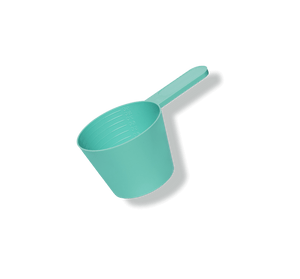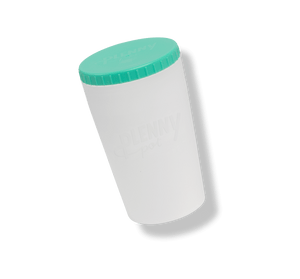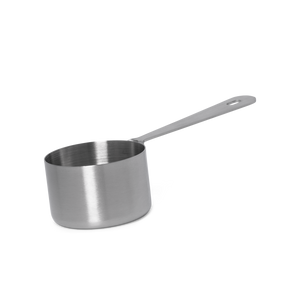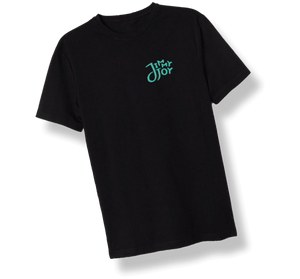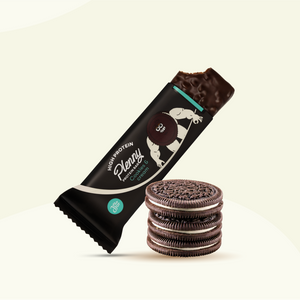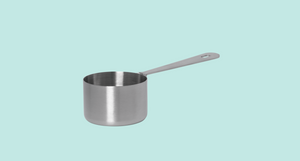
You know that feeling of drowsiness or sleepiness after a meal? This article will tell you everything you need to know about the phenomenon called postprandial somnolence.
The best part?
After you finish reading this guide you can avoid ever having an after-dinner dip again, although it might take you some time to digest all the information below.
So let’s take small bites, shall we?
Here comes the airplane!
What is postprandial somnolence?
If you’ve ever experienced a post-dinner dip or even a post-lunch dip, you’ve encountered postprandial somnolence.
Let’s break these words down:
‘postprandial’ refers to after a meal...
‘somnolence’ refers to sleepiness.
So, postprandial somnolence refers to the common sleepiness or drowsiness experience after eating a meal [1].
You might remember it better as a fancy word for the often-used 'after-dinner dip'. Most people experience a feeling of low energy combined with a feeling of wanting to sleep.
Don’t worry, it is very normal to experience this every now and then. Which leads us to our next question...
Why do you get postprandial somnolence?
This is the point when you want to hear:
“Here are the three reasons why you get that post-lunch dip.”
Unfortunately, science says otherwise. Why?
Because there is limited conclusive scientific evidence about postprandial somnolence. Feeling a dip in energy or feeling sleepy after a meal varies from person to person. You might experience sleepiness, or just a lack of energy, or maybe both.
On top of that, your circumstances change all the time. All of this makes it difficult to study [2].
That doesn’t mean scientists have not yet presented several theories. Let’s have a look at the most common reasons.
Your brain's sleeping center is being stimulated
One of the most recent theories about postprandial somnolence is that it is influenced by a combination of neurons, the so-called Arcuate Nucleus (ARC).
This group of neurons is located in the hypothalamus, which is an area close to the center of your brain (see image below to find out where it is located). The ARC regulates your appetite, in response to the different signals that your body communicates to your brain.
Your appetite is primarily regulated by signals that your body gives you. An important indicator are peptides, which are short chains of amino acids.
Peptides are created when you eat food that contains proteins. Your body produces different chemicals during digestion. These substances break the proteins up into small chains of proteins, which are the peptides. Once these proteins are small enough, your body can absorb them.
After your ARC is done evaluating your body signals, it sends the signals to the hypothalamus. At this point the ARC could stimulate the sleeping centers. Another possibility is that the sleeping center gets activated via the signals in your body without the ARC as a mediator [3].

The flow of blood to your brain changes
Of all the theories that explain postprandial somnolence, the most prevalent one says that blood flow is redistributed after a meal.
Blood is redistributed from the blood vessels around your brain to the blood vessels around your intestines. To be specific, it is suggested that there is a redistributing of blood from the heart to the gastrointestinal tract.
However, this assumption also makes this theory one of the most debated ones around the subject of postprandial somnolence. Naturally the blood flow to your brain is carefully and steadily regulated by your body to maintain, well, normal body functions.
Take exercise as an example. During this activity a large amount of blood gets into the muscle but still, the blood flow to your brain is maintained [4]. Therefore, it does not seem very likely that blood redistribution can explain postprandial somnolence.

At this point, you are probably still wondering...
How can I prevent an after-dinner dip?
When you look at multiple studies it becomes clear that more research has to be done in the area of postprandial somnolence, as the reasoning behind it is not clear yet.
But there are key takeaways that point to things you can do to prevent your regular after-lunch or after-dinner dip.
The following tips help you to prevent an after-dinner dip:
- Watch your food intake
- Eat the right macronutrients
- Get enough sleep
- Portion control
- Be active after a meal
We’re going to discuss the methods and why they help.
Watch your food intake
Don’t eat huge meals when you want to be productive after. Besides this, make sure you drink enough water. You naturally experience a dip in energy levels at different times of the day because of your circadian rhythm [5]. So, eat light meals that provide you with a sufficient amount of energy for the tasks at hand and drink enough water throughout the day. Simple, right?
More specifically, balance out your macronutrients
You tend to feel sleepy after eating high-fat-low-carbohydrate meals in comparison to low-fat-high-carbohydrate meals [6]. Simply said, if you eat meals higher in carbohydrates rather than fats you’re more likely to prevent an after-dinner dip. On the other hand, you should also try to prevent meals that are high in carbohydrates, since this could also increase chances of feeling sleepy. Not to mention, you should also gauge your activity level. So think ahead. It’s all about balance.
Get enough sleep
The sleepiness that you naturally experience because of your circadian rhythm is worse with a poor night of sleep. There is a connection between your sleep (or lack of it) and the size of your meals. It is said that a lack of sleep in combination with a heavy meal during the day makes you feel extra sleepy [7].
Portion control
You might think this is a no-brainer but it is one of the things that most of the studies point out to as a good way to reduce your chances of getting a food-coma. Remember why you get an an after-dinner dip in the first place? You need to eat to sustain energy levels. Eating too much can trigger feelings of postprandial somnolence [8].
Be active after a meal
Get your blood flowing right after you eat a meal. Go for a walk or play a game of table tennis. Once you get your blood flowing you might decrease your chance of getting a post-lunch dip [9].
Conclusion
Postprandial somnolence is a tricky research topic but thus far we know enough to keep these after-dinner dips at bay. The most likely cause of postprandial somnolence is a signal in your brain that triggers your sleep center. These signals are triggered by your body during digestion. That’s why if you don’t want an after-dinner dip, you should eat the right foods in the right amounts, get enough sleep, and be active after you eat a meal.
Bonus tips:
To help you fight post-lunch dips, post-dinner dips, or post-anything dips we have developed Plenny meals — nutritionally complete meals that contain everything your body needs!
Sources
- Orr, W. C., Shadid, G., Harnish, M. J., &; Elsenbruch, S. (1997). Meal Composition and Its Effect on Postprandial Sleepiness. Physiology &; Behavior, 62(4), 709-712. doi:https://doi.org/10.1016/S0031-9384(97)00012-7
- Murphy, K. R., Deshpande, S. A., Yurgel, M. E., Quinn, J. P., Weissbach, J. L., Keene, A. C., . . . William, W. J. (2016). Postprandial sleep mechanics in Drosophila. Elife, 5, e19334.
- Kim, S. W., &; Lee, B. I. (2009). Metabolic state, neurohormones, and vagal stimulation, not increased serotonin, orchestrate postprandial drowsiness. Bioscience Hypotheses, 2(6), 422-427. doi:https://doi.org/10.1016/j.bihy.2009.07.008
- Bazar, K. A., Yun, A. J., &; Lee, P. Y. (2004). Debunking a myth: neurohormonal and vagal modulation of sleep centers, not redistribution of blood flow, may account for postprandial somnolence. Medical Hypotheses, 63(5), 778-782. doi:https://doi.org/10.1016/j.mehy.2004.04.015
- National Sleep Foundation, Food and Sleep, 2019.
- Wells, A. S., Read, N. W., Uvnas-Moberg, K., &; Alster, P. (1997). Influences of Fat and Carbohydrate on Postprandial Sleepiness, Mood, and Hormones. Physiology & Behavior, 61(5), 679-686.doi:https://doi.org/10.1016/S0031-9384(96)00519-7
- Reyner LA, Wells SJ, Mortlock V, Horne JA. 'Post-lunch' sleepiness during prolonged, monotonous driving - effects of meal size. Physiol Behav. 2012;105(4):1088-91. doi:10.1016/j.physbeh.2011.11.025. https://www.sciencedirect.com/science/article/abs/pii/S0031938411005555?via%3Dihub
- Shukla C, Basheer R. Metabolic signals in sleep regulation: recent insights. Nat Sci Sleep. 2016;8:9-20. doi:10.2147/NSS.S62365. https://www.dovepress.com/metabolic-signals-in-sleep-regulation-recent-insights-peer-reviewed-article-NSS
- Matsumoto Y, Mishima K, Satoh K, Shimizu T, Hishikawa Y (2002). Physical activity increases the dissociation between subjective sleepiness and objective performance levels during extended wakefulness in humans. https://www.sciencedirect.com/science/article/abs/pii/S030439400200335X

 Everything You Need In One Meal
Everything You Need In One Meal
 Stay Full For 3-5 Hours
Stay Full For 3-5 Hours




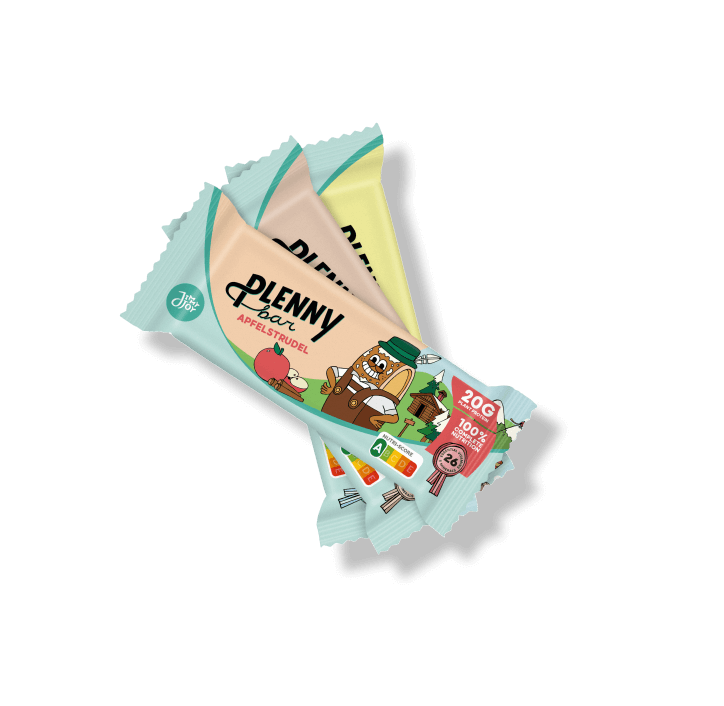



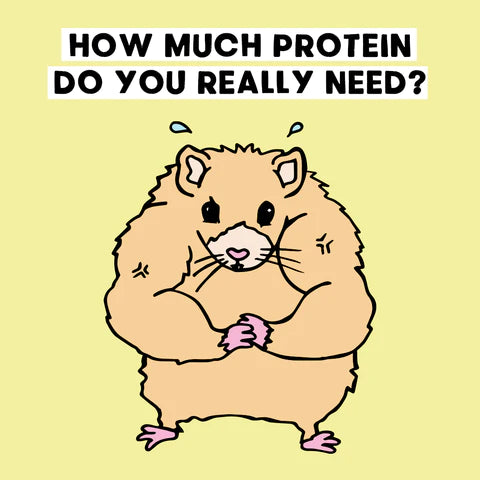









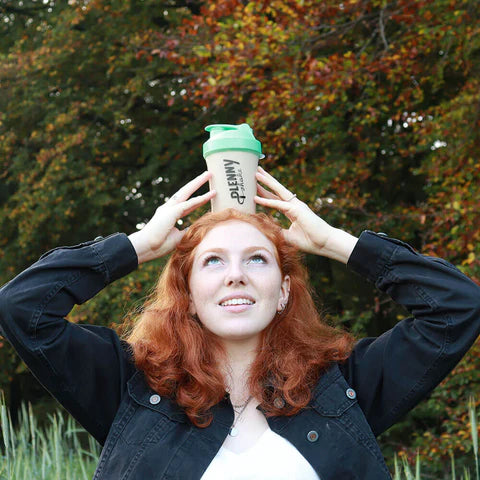

 Product added to cart
Product added to cart







